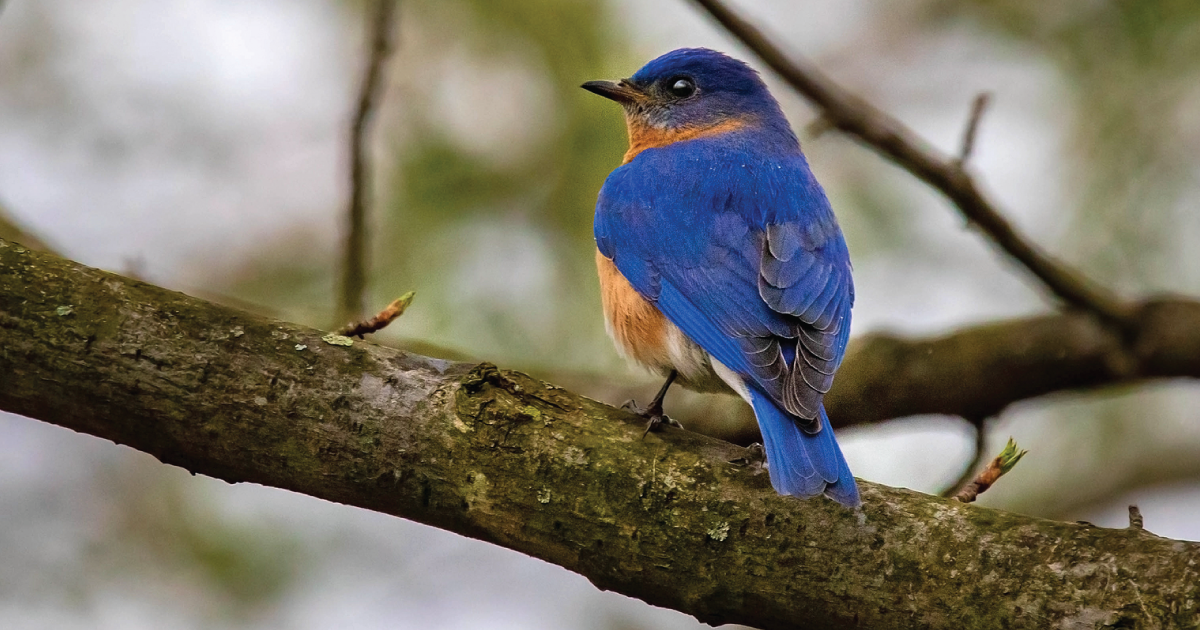
How the Suburbs Could Help Save Biodiversity
Plants, and the insects which rely on them, are the living foundations of our planet. But these foundations are under stress because, as we urbanize and suburbanize natural areas, we have an unfortunate tendency to sterilize the landscape.
January 17, 2021 | Source: Scientific American | by Daniel Rubinoff
The first step is to redefine our concept of what a garden should be
Plants, and the insects which rely on them, are the living foundations of our planet. But these foundations are under stress because, as we urbanize and suburbanize natural areas, we have an unfortunate tendency to sterilize the landscape. Fields and forests are replaced with biological deserts made up of millions of acres of concrete, lawns and an array of ornamental trees and shrubs imported from around the world. Adding to the problem, our obsession with perfection leads us to spray pesticides liberally.
These actions are part of the reason global biodiversity is crashing. There are over three billion fewer wild birds in North America than there were in 1970. This past summer saw at least tens of thousands of migrating birds drop dead from the sky over the Southwest. Amphibian and reptile populations are in a free fall across the planet. Recent research shows that insect numbers, even in nature reserves, have plummeted by orders of magnitude, and 40 percent of all insect species may be extinct within a few decades. This is bleak news, and while the reasons for some of these declines are complicated, there are actions we can take to help bring at least some species back.
